1. Claudette Colvin – The Teen Who Sat First
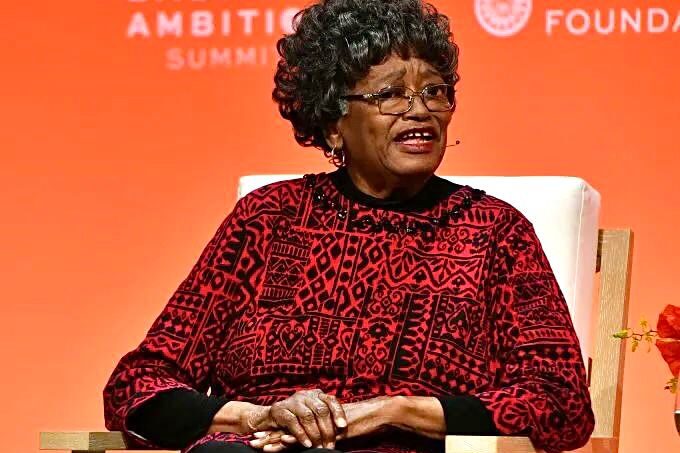
Before Rosa Parks made headlines, a 15-year-old girl in Montgomery, Alabama quietly made her own stand. On March 2, 1955, Claudette Colvin refused to give up her seat to a white passenger on a segregated bus, nine months before Parks did the same. At the time, the civil rights movement didn’t want to highlight her act, mainly because she was young, dark-skinned, and pregnant out of wedlock. But legally and morally, her courage was no less historic. Though often erased from schoolbooks, her testimony was instrumental in the Browder v. Gayle case, which ultimately desegregated Montgomery buses. “I felt like Sojourner Truth was pushing down on one shoulder and Harriet Tubman on the other… I was glued to my seat.” she later recalled. Even today, Colvin’s name is barely known, but without her, history might have taken a much slower turn toward justice.
2. Ignaz Semmelweis – The Doctor Who Fought Germs
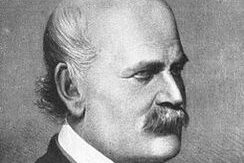
Long before germ theory was accepted, a Hungarian doctor named Ignaz Semmelweis noticed something chilling. Women were dying in childbirth at alarming rates, but only in hospitals where doctors came straight from autopsies without washing their hands. When he introduced handwashing with chlorinated water in the 1840s, deaths plummeted. Unfortunately, his colleagues thought the idea was insulting, implying their hands were “dirty” and they mocked him instead of listening. Semmelweis was fired, institutionalized, and died after being beaten in an asylum. Only years later did Louis Pasteur and Joseph Lister confirm what Semmelweis already knew. Today, he’s remembered as a martyr of modern medicine, even if his name still rings unfamiliar to many.
3. Ada Lovelace – The First Programmer
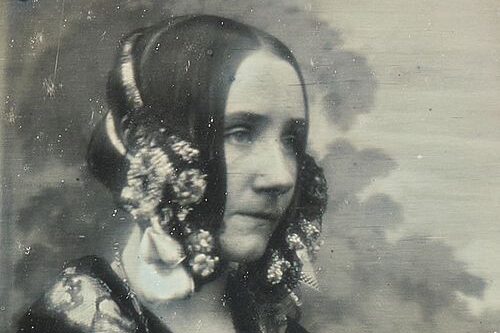
In the 1840s, long before computers filled desks or pockets, a brilliant British mathematician named Ada Lovelace imagined what they could become. Working alongside Charles Babbage’s proposed “Analytical Engine,” Lovelace wrote the first published algorithm intended for machine use. She foresaw that computers could go beyond number-crunching into music, language, and more, which was radical idea for her time. As the daughter of poet Lord Byron, she was dismissed by many as eccentric or overly imaginative. But her vision turned out to be decades ahead of its time. Only in recent years has Lovelace been hailed as a true pioneer of programming. In tech circles today, Ada’s legacy is finally getting its code written into history.
4. Mary Anning – The Fossil Finder
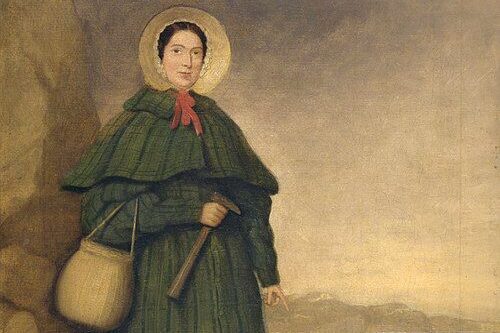
Down on the rocky shores of Lyme Regis, England, a young girl from a poor family was quietly rewriting natural history. Mary Anning, who sold fossils to tourists to support her family, discovered the first correctly identified ichthyosaur skeleton at just 12 years old. She later found the first complete plesiosaur and other prehistoric specimens that challenged prevailing scientific beliefs. But because she was working-class and female, the scientific community often ignored or downplayed her contributions, and she was not eligible to join the Geological Society of London. Male scientists frequently took credit for her finds. Today, paleontologists recognize her as one of the earliest trailblazers of the field. “She sells seashells by the seashore” may have been inspired by her, but her real legacy is buried in stone and slowly being dug back into the spotlight.
5. Wang Zhenyi – The Bold Astronomer
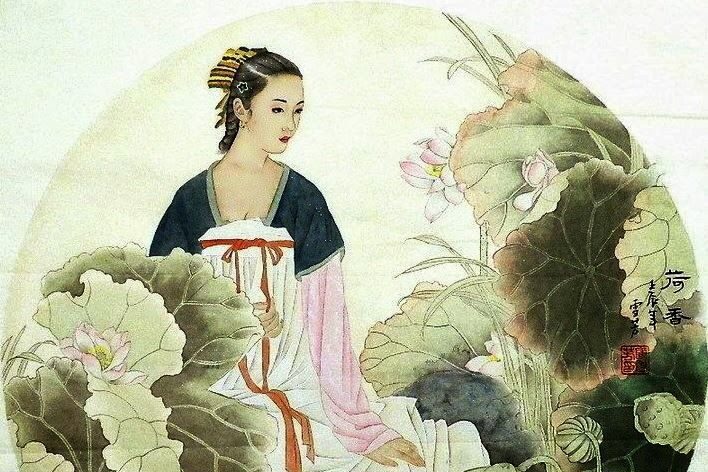
Wang Zhenyi was a Chinese mathematician and astronomer whose work in the late 1700s remained largely unknown until recently. In her short life, she died at 29 when she published clear, engaging explanations of lunar and solar eclipses (Dispute of the Procession of the Equinoxes) and penning essays advocating for gender equality. She even translated advanced mathematical texts from male scholars like the famous Mei Wending, making cutting-edge ideas accessible to Chinese readers. Although her era didn’t recognize female scholars, her clarity of thought and elegant writings stood out, and today historians are working to reinsert her into the mainstream narrative.
6. Benjamin Banneker – The Self‑Taught Genius
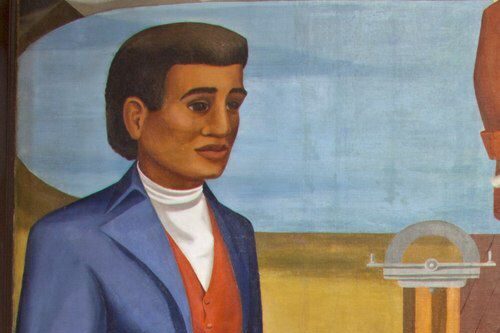
Born to free African‑American parents in 1731, Benjamin Banneker was an American naturalist, mathematician, astronomer and almanac author. He was also a surveyor and a farmer. Though had no formal schooling, yet he taught himself astronomy, built America’s first striking clock out of wood, and accurately predicted solar and lunar events. He published popular almanacs that rivaled the best of his time, long before science was widely accessible to Black intellectuals. His correspondence with Thomas Jefferson even challenged Jefferson’s acceptance of slavery, showing a wisdom that went well beyond the sciences. He also became known for assisting Major Andrew Ellicott in a survey that established the original borders of the District of Columbia, which is the Federal Capital District of the United States.
7. Sybil Ludington – The Night Rider
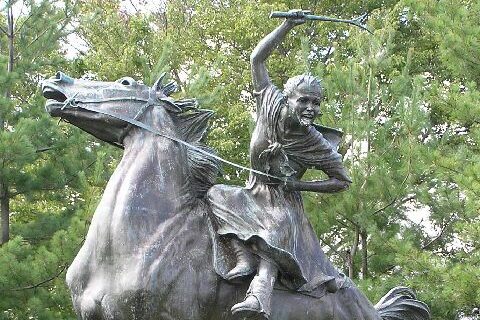
At just 16, Sybil Ludington, the daughter of Henry Ludington rode over 40 miles through the night to alert colonial militia during the American Revolutionary War. This was twice the distance of Paul Revere’s more famous ride. Through storms and darkness, she roused troops to defend Danbury, Connecticut from British forces. Despite her feat, her story was passed down through family stories and didn’t reach wider attention until much later. Those who tell it call it “the female Paul Revere story,” yet Sybil is increasingly being reclaimed as a symbol of youthful bravery and overlooked leadership.
8. Nicolas Steno – The Rock Whisperer
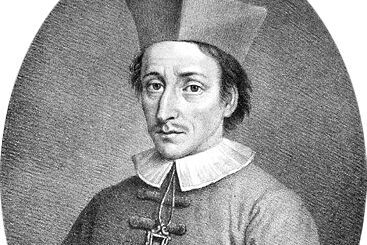
Nicolas Steno (Niels Steensen) was a 17th-century Danish doctor turned geologist whose name hardly anyone knows, and yet he founded stratigraphy, the science of reading layers of rock as pages of the Earth’s history. By documenting how sedimentary layers form, he laid a foundation for understanding geological time, fossils, and earth processes. His careful observations transformed geology from a curiosity into a structured science. Though overshadowed by later figures like Lyell and Darwin, his principles are still taught as fundamental. Steno also gave the first accurate observations on a type of crystal in his 1669 book ‘De solido intra solidum naturaliter contento; the principle in crystallography, simply known as Steensen’s law.
9. Hildegard of Bingen – The Healing Nun
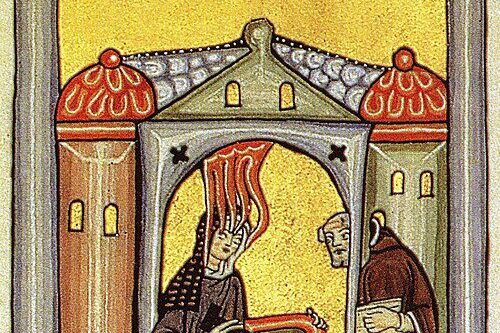
A medieval polymath who blended spirituality with science, Hildegard of Bingen, also known as Sibyl of the Rhine (1098–1179) was a mystic visionary German composer, healer, and writer. She is best known as one of the composers of the sacred monophony, and she authored Scivias, Physica and Causae et Curae, which was among the first medical texts to focus on women’s health, herbal cures, and holistic wellbeing, as well as treating headaches, gout, and reproductive ailments. She also composed 77 liturgical songs and one of the earliest musical plays (Symphonia armonie celestium revelationum) based on her mystical visions, earning the praise of Popes and kings for her music and theological insights. As a Benedictine abbess, she founded abbeys, developed a unique language, and used her platform to support women’s spiritual authority and healthcare, long before modern feminism recognized the link between creativity, body, and gender. Though rediscovered only recently, her legacy endures in music, medicine, and women’s empowerment.
10. Avicenna (Ibn Sina) – The Canon’s Curator
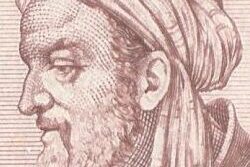
Persian polymath Avicenna (980–1037) was a preeminent philosopher and physician of the Muslim world who compiled The Canon of Medicine, a monumental five-volume compendium that merged Greek, Persian, Indian, and Chinese medical thought into a standard text used in European and Islamic universities for over five centuries. He recognized diseases like tuberculosis, described contagion through soil and water, and addressed anatomy, pediatrics, and gynecology, paving the foundational structure for evidence-based medicine. Originally self-taught by age 16, he authored over 130 works, including The Book of Healing on philosophy and science. Though less known outside academic circles today, his influence on Western medicine and thought was profound, shaping medical curricula until the 17th century.
11. Alhazen (Ibn al‑Haytham) – Optics Pioneer
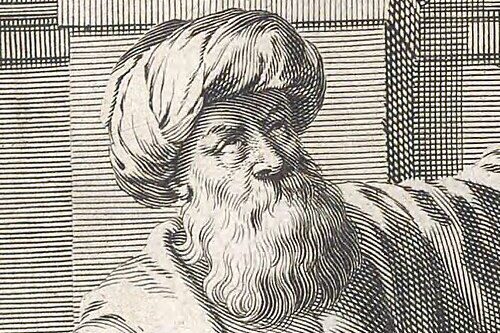
Ibn al‑Haytham (c. 965–1040), known in the West as Alhazen, wrote the groundbreaking Book of Optics between 1011–1021, debunking ancient theories like the idea that sight emanated from the eyes, and establishing vision as a process of light reflecting into the brain. He conducted controlled experiments on reflection and refraction, designed early camera obscura tests, and formulated a scientific methodology based on hypothesis, experimentation, and independent verification, centuries ahead of Galileo. UNESCO, scientists, and historians call him the “father of modern optics” and a pioneer of the experimental scientific method. His work influenced later thinkers like Newton, Kepler, and Huygens, yet his name remains far less known than theirs.
Let’s close with our grand finale: the genius from over a millennium ago
12. Hypatia of Alexandria – Alexandria’s Brilliant Martyr
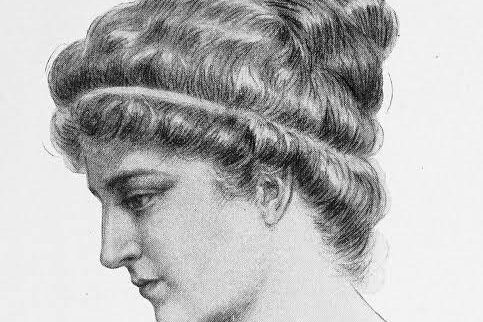
In the waning days of ancient Alexandria (c. 360–415 CE), Hypatia stood as a beacon of learning. As a neoplatonist mathematician, philosopher, and astronomer, she taught complex concepts like conic sections and inspired students from across the Mediterranean. When religious tensions boiled over, Hypatia became a tragic symbol when she was violently killed by a mob led by a lector named Peter, precisely because of her intellect and independent spirit. Her brutal death marked the end of classical scholarship in Alexandria, yet her courage resonates through time as a reminder that knowledge often comes at great cost. Hypatia is also the first female mathematician whose life was reasonably well recorded. Though little remains of her writing, her legend continues to shine as a fitting end that weaves into the broader story of overlooked pioneers, closing our list on a note of inspiration and reflection.
This story, Meet 12 World-Changers History Tried to Forget, (Ending with a Genius from Over 1,000 Years Ago was published on Daily FETCH


